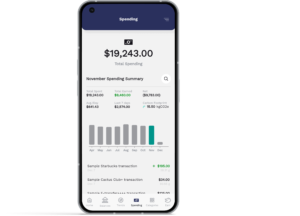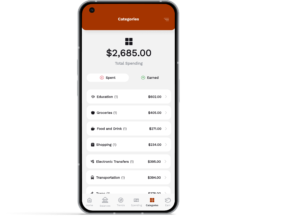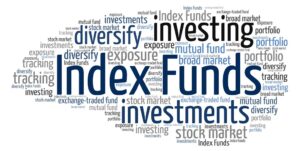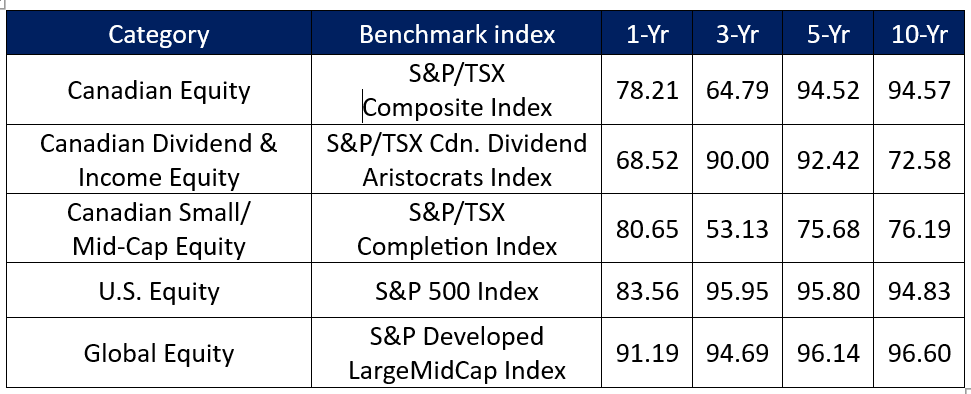A recent report by Ontario’s Municipal Property Assessment Corporation (MPAC) highlights the scarcity of homes under $500,000 in Ontario.
In 2013, 74% of residential properties had a value below this threshold. Today, just 19% of homes are valued below $500,000. While this situation varies from province to province, it highlights the significant challenges faced by first-time home buyers who find the first rung of the property ladder is nearly unreachable.
Most urban centers would benefit by encouraging lower cost paths to home ownership. One avenue for this is building properties on leased land. In certain areas of Vancouver, we already see this practice, often on First Nations or university-owned lands. Leased land provides two primary paths to homeownership: one involves placing mobile or manufactured housing on the leased property, while the other entails constructing permanent homes on the leased land.
More than 50 years ago, manufactured housing made up as much as 6% of Canadian housing completions. Today, it represents less than 1%. In the U.S., supporting the availability of manufactured housing is a key component of the administration’s effort to ease the burden of housing costs. Most of these initiatives focus on improving mortgage financing for these homes through housing finance agencies Fannie Mae and Freddie Mac. Currently, Americans must rely on personal property financing (chattel lending) rather than conventional mortgages.
CMHC launched Chattel Loan program in 1988
In Canada, we’ve had a mortgage insurance product for these loan types for some time. The Chattel Loan Insurance Program (CLIP) was first launched by CMHC in 1988 as a 5-year pilot program. However, CMHC has never actively promoted the program, leading to a lack of awareness among lenders. Moreover, consumer preference for traditional stick-built housing and resistance from local communities to mobile home park developments have further hindered the adoption of the program.
Although the eligible amortization period can extend up to 25 years, some provinces have not allowed longer-term leases, making it challenging to finance structures on leased land, whether stick-built or manufactured. Even with an insured mortgage product, securing financing for manufactured homes can be difficult. Financial institutions often lack understanding of these structures, and the constraints on amortization period restrict the type of homebuyer. Consequently, the market has primarily targeted retirees seeking to downsize from larger family homes to smaller units. However, with appropriate financing options, these properties could also appeal to first-time buyers.
Building permanent homes on leased land is a second avenue to reducing home-ownership costs. Leased land communities are typically located close to small urban centres. The design ranges from townhouses to single family dwellings, and from traditionally built to manufactured. There are some larger institutional groups in this sector, including Parkbridge, a leading Canadian developer and operator of 106 residential and recreational communities across the country. CAPREIT, a Canadian real estate investment trust, also manages leased land communities but is not a developer. Continue Reading…










